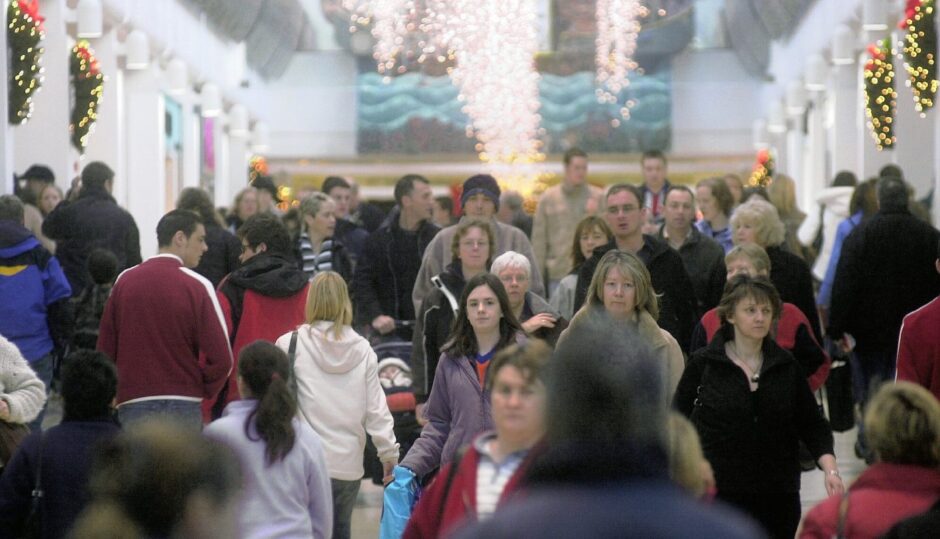
The loss of the Eastgate Shopping Centre’s food court is undoubtedly a huge blow – but it’s important to keep it in perspective.
A lot of money was spent on doing it up.
Around £2m, in fact.
And there were plenty of comments made about what a big difference it was going to make, about how it was going to re-energise the shopping centre.
Not everyone believed that, of course. And it seems they were right.
Hindsight is 20/20 though. When the food court sat empty as the Eastgate started to slowly open up again during the pandemic, people weren’t happy.
What a waste. It used to be thriving and now look at it.
So when the announcement came that a big investment was going to be made and there would be a focus on quality, that was reason to be optimistic.
It was a gamble.
But clearly, it hasn’t paid off.
Finger-pointing won’t fix the problem
That doesn’t mean we need to necessarily jump straight to finger-pointing.
The Victorian Market’s success is used as a stick to beat it with.
It feels quite ironic really. The market had been taking a kicking from people for decades before its big revamp.
Shouldn’t we be able to celebrate what a great success its food court has been without trying to land a punch on the Eastgate while we do it?
There are lessons to be learned, sure, but there’s also some pretty big fundamental differences between the two that can’t be ignored.
While the market’s food court has been called vibrant, cosy and brimming with atmosphere, the Eastgate was trying to re-invent a space that sits opposite the giant hole left behind by its anchor tenant.
The perception that the shopping centre is full of vacant units doesn’t ring true either.
In December, 65 of its 74 units were occupied, giving it a vacancy rate that outperforms plenty of popular Scottish shopping centres.
The way it used to be
I’ve got my own memories of the shopping centre’s food court in its heyday.
Back when the Eastgate’s extension was in its infancy in the early 2000s, there was barely a seat to be had.
KFC, Pizza Hut and Lorimer’s were the main occupants in those days. But simply restoring those outlets – or ones like them – is not a guaranteed quick-fix for success.
You’ve got to remember that in those days, internet shopping was a drop in the ocean compared to what it is now.
No one ever talked about hybrid working, your boss would never entertain the idea that you wouldn’t be at your desk.
There was no pandemic, no widespread cost-of-living crisis.
And it was years before the world’s economy fell off a cliff in 2008.
Eastgate change is on the way
In the wake of Loch & Larder’s departure, the Eastgate’s management are saying an “exciting” new project will replace it.
People are sceptical. Understandably so.
We live in strange times where news of businesses closing down can be greeted by so many people crowing that they knew this is exactly what would happen.
Some of them are telling the truth, of course.
But traditionally, people didn’t seem to openly enjoy the prospect of things not working out or others losing their jobs.
Or maybe they always did – but it was kept behind closed doors rather than thrown out for everyone to read on social media.
The bottom line is that we’re going to see something new at the Eastgate.
Maybe we should wait to see what it is before we write off any chance of it succeeding.
For more Inverness news and updates visit our dedicated page and join our local Facebook group.
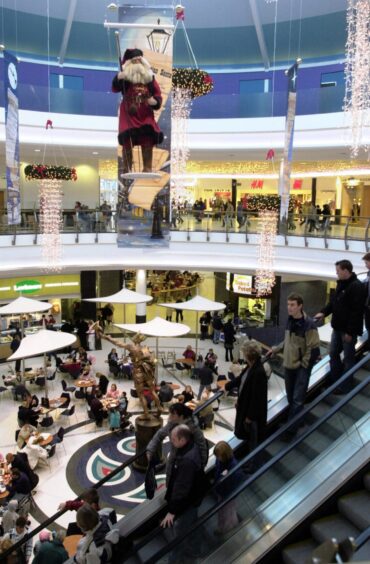
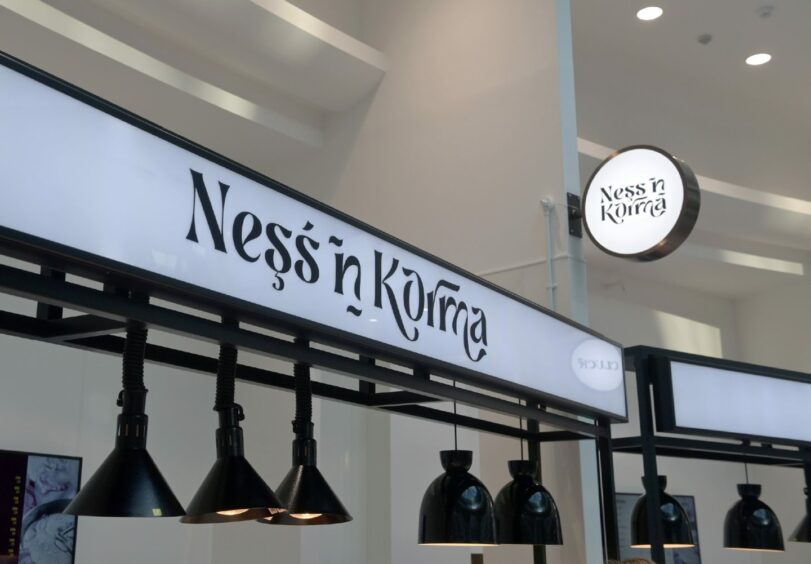
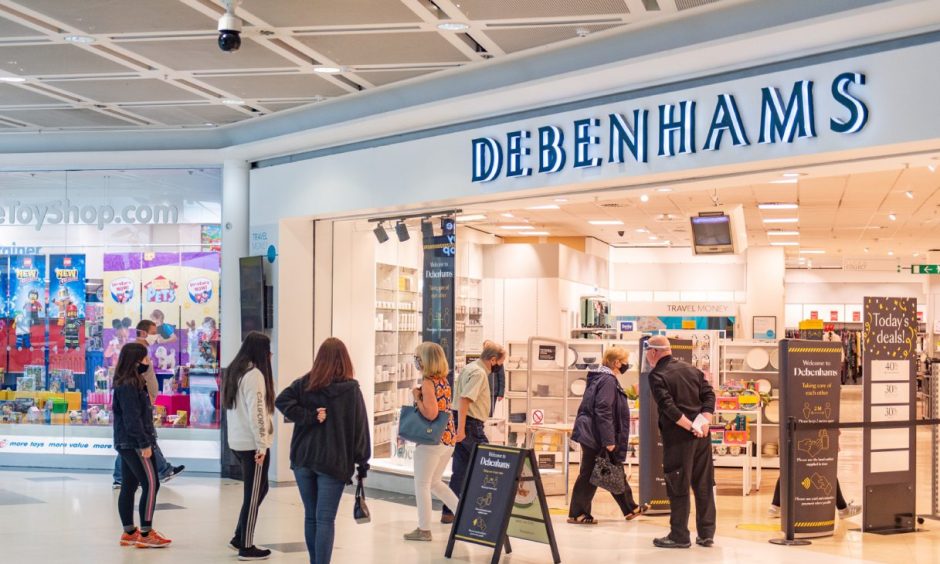
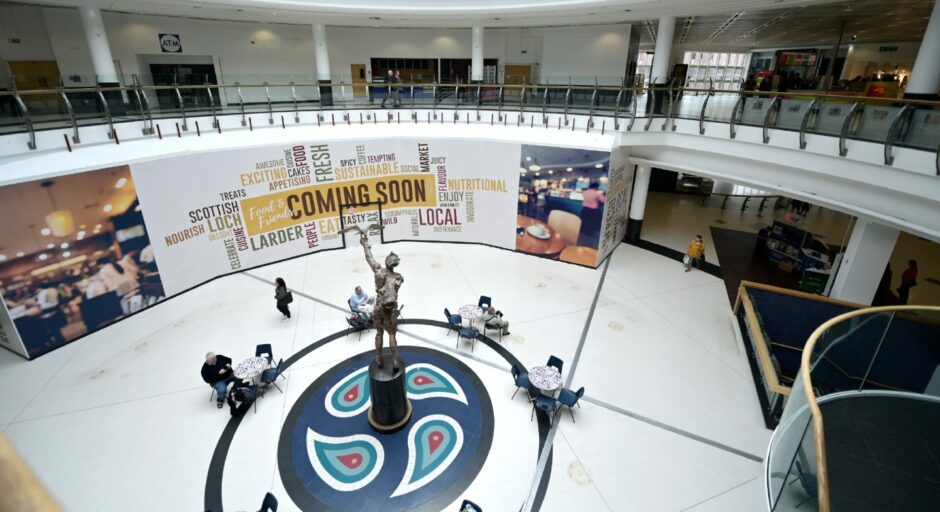
Conversation